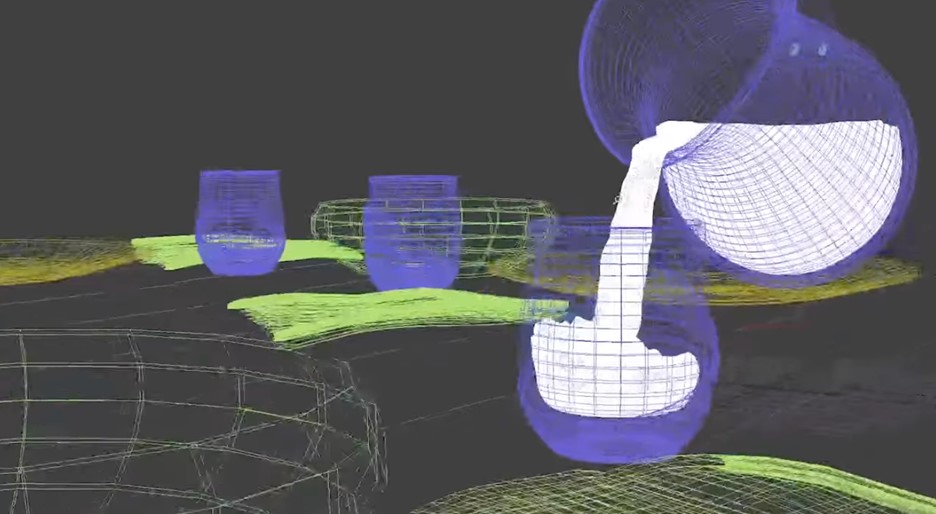Autodesk recently shared details about its new experimental research project, Project Bernini, for developing generative AI models that quickly produce functional 3D shapes that can be used in the Design and Make industries. Autodesk’s first Bernini model can generate multiple functional variations of a 3D shape from 2D images. The company is further refining the technology, and for now, Bernini is experimental and not for public use.
What do we think? Famed 17th-century architect/sculptor Gian Lorenzo Bernini is credited with producing a new kind of modeling, called the Baroque style of sculpture illustrating dynamic movement by human forms. Now, in the 21st century, there’s a new type of sculpture process emerging that pays homage to that revered artist—one that uses generative AI. This one, however, produces 3D structures whose resulting outputs are not merely visually compelling but also work in the real world. This a big step forward for using GenAI to go beyond form in areas where precision models and functionality are required.
Autodesk’s Bernini creates functional 3D shapes from a range of inputs
Autodesk has been a major force in the design and make industry for decades. So, it comes as no surprise that the company has been cooking up something in its Autodesk Research AI Lab related to generative AI that could have a tremendous impact on this segment of the industry. That “something” is Project Bernini, an experimental research effort for generative AI 3D shape creation.
In what Autodesk calls the Design and Make world—which includes AECO, D&M, and M&E—accuracy and geometric precision of the final model are imperative. The goal of Project Bernini is to satisfy those needs by developing GenAI models for quickly producing functional 3D shapes that can be used for various Design and Make applications such as product design, architecture, and entertainment. As such, the items built or manufactured from the outputs of these models have to work in the real world and serve the purpose for which they were intended.
To illustrate what sets Bernini apart from many other 3D generative models, Autodesk uses the example of a water pitcher. While those other models might be aesthetically pleasing with a shape and nice textures to make it look like a water pitcher, the Bernini model generates the object’s shape and textures separately. As a result, according to Autodesk, the Bernini pitchers that are produced are hollow in the middle and capable of holding water—a requirement of a real-world version—if it were manufactured as an actual object.

Autodesk says its first experimental Bernini model focuses on geometric workflows for creatives, quickly generating multiple functional variations of a 3D shape from a range of inputs, including a single 2D image or multiple images of an object from various views, text, voxels, and point clouds. The Autodesk AI Lab team trained the first Bernini model on 10 million 3D shapes of all kinds, using a dataset of publicly available data with a mixture of CAD objects and organic shapes. (Research that contributed to this work was published earlier this year by the AI Lab in collaboration with the Chinese University of Hong Kong.)
According to Autodesk, as it trains its generative AI technology on larger, higher-quality datasets and modalities, the technology will become increasingly compelling and useful. For instance, if trained on video game character models or fantasy environments, it could produce amazing new creatures or virtual worlds. If trained on buildings, it could lead to geometrically intricate designs. If trained on car designs, a new series of vehicles could result.
Bernini remains in the experimental stage and is not publicly available at this time while Autodesk continues to refine the technology.